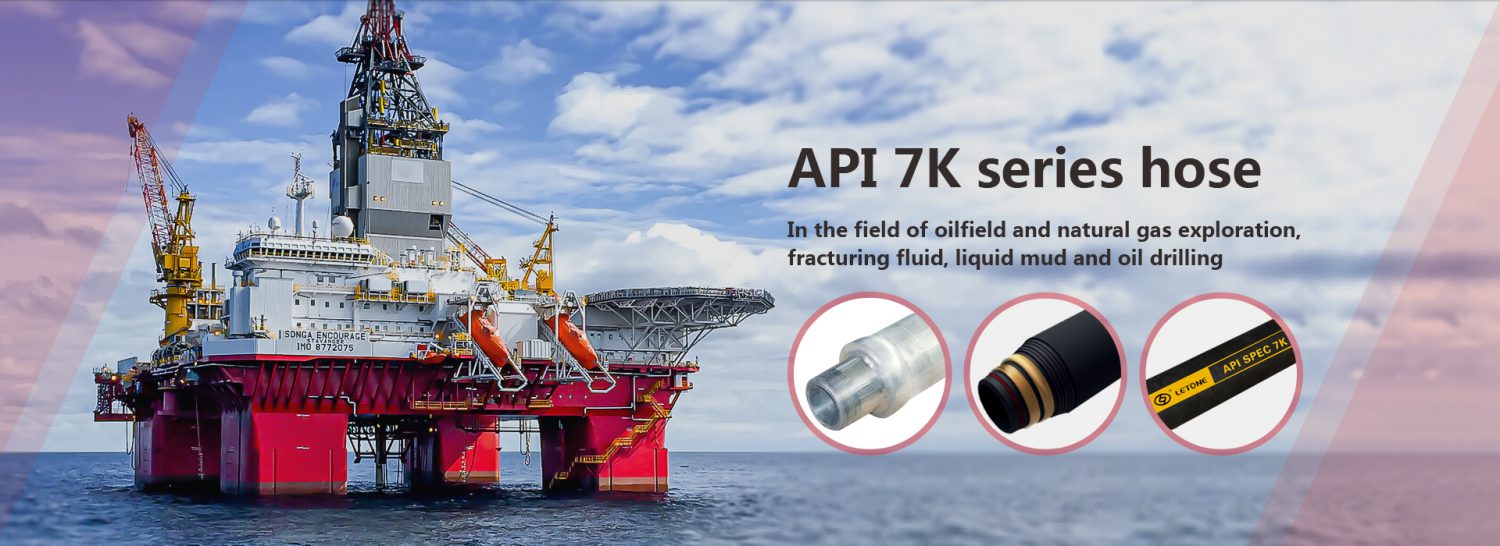Choosing a Manufacturer of Hydraulic Hoses The type of hydraulic hose you need is based on several factors, such as the application, pressure, and material. Other factors include the ends, couplings, and delivery (volume and velocity). This article covers all of these factors in detail. Once you have chosen a hose, it is time to choose a manufacturer. Here are some tips to help you choose the right manufacturer for you. Large diameter steel wire wound Hose Large diameter steel wire wound hydraulic hose is made from a steel wire skeleton. It is made up of four layers of steel wire, with…
Choosing a Manufacturer of Hydraulic Hoses
The type of hydraulic hose you need is based on several factors, such as the application, pressure, and material. Other factors include the ends, couplings, and delivery (volume and velocity). This article covers all of these factors in detail. Once you have chosen a hose, it is time to choose a manufacturer. Here are some tips to help you choose the right manufacturer for you.
Large diameter steel wire wound Hose
Large diameter steel wire wound hydraulic hose is made from a steel wire skeleton. It is made up of four layers of steel wire, with a middle layer that spirally winds from inside to outside. This structure prevents leakage and improves its service life. Large diameter hoses can withstand both positive and negative pressure. Its optimum utility design enables it to withstand a high working pressure.There are two types of reinforced hoses. Helically-coiled Hoses are mildly reinforced and are used on return and suction lines. On the other hand, highly-pressure systems are made with spirally-wound hoses. In addition, spiral wound hose has four layers of high-tensile steel wire laid directly on top of each other. Both types are strong, but have a restricted bend radius.High-pressure hydraulic hose manufacturers are able to manufacture spiral wrapped and braided Teflon hoses by using a steel wire reinforcement. Bekaert offers a variety of diameters from 0.15 to 0.90mm in brass coated steel wires. Bekaert is continuously developing new products and developing innovative solutions to increase the hose’s flexibility and impulse life. For more information, please visit our website!
Hydraulic oil pipe processing plant
A hydraulic oil pipe processing facility is a facility that transforms crude oil into high quality lubricant. Hydraulic piping is generally painted on the outside to prevent corrosion. Marine applications often use stainless steel piping. However, stainless steel piping is best if you are planning to make a large-scale hydraulic system. These steps will help you make the right choice.Proper selection of piping, fittings, and hoses is essential to the smooth functioning of a hydraulic system. Selection of fittings and piping must be capable of handling pressure changes and extend their service life. In some industries, steel fittings and standard elastomeric hydraulic hoses are sufficient. Others require flexible hose and metal tubing. For example, food and beverage plants need stationary stainless steel fittings.The selection of hydraulic fluid is another key step in ensuring a smooth, trouble-free operation. Fluids are critical components of a hydraulic system. Their selection should be based on several parameters including their oxidation resistance and wear as well as their viscosity index. Various additives are also used in hydraulic systems. Many hydraulic machines use oils for their fire-resistant qualities, and in food factories, edible oils are often used as the working fluid.
Manufacturers of rubber tubing
The hydraulic hose and coupling industry is evolving. Globalization and increasing performance requirements are driving innovation and advancement. Modern hydraulic hoses offer many advantages, even though their basic purpose remains the same. These advantages are found in both the size and design of hydraulic hoses. This article will focus on two types of hydraulic hoses that are most commonly used. It is also useful to understand how each hydraulic hose functions in different applications.There are many types of rubber tubing. There are both synthetic and natural rubber tubing types. Each material has its own strengths and weaknesses, and selection is based on the application and the characteristics of the polymer. Abrasion and temperature are two of the most important factors in selecting the right type of rubber. Compression and load are the other major factors to consider when choosing the right type of rubber for the job. Fortunately, today’s manufacturers have a vast range of options for each type of hose.Different applications demand different hose types. Hoses are better for high-pressure applications, while tubing is more suitable for low-pressure or gravity flow applications. Besides, hoses are easier to manufacture than their tubing counterparts, and they’re often made with field-attachable fittings. They don’t require any special equipment.

